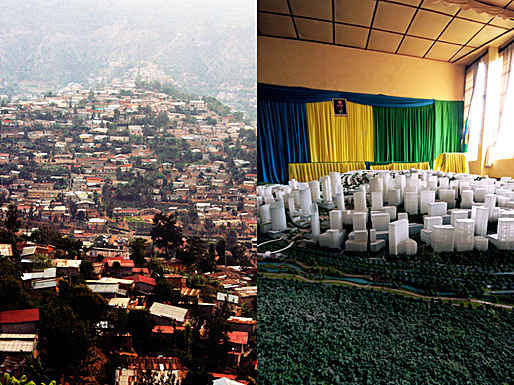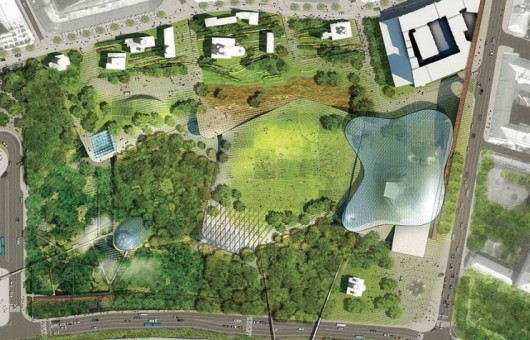
The Multifaceted Impact of Green Buildings on Health, Safety, and Prosperity
Enhancing Lives and Fostering Sustainable Urban Development
While green buildings are traditionally associated with addressing environmental concerns, their influence extends far beyond ecological considerations. These structures play a pivotal role in shaping human well-being, safety, and productivity. The positive effects are diverse, from reducing asthma instances in well-ventilated green schools to enhancing employee productivity in day-lit green offices. Even in healthcare, patients experience faster recovery in green hospitals with nature views.
A Holistic Approach to Sustainable Urban Development
As we envision the future of our planet, it becomes imperative to scrutinize the impact of development on both the environment and human populations. True sustainability in a city emerges when it efficiently utilizes natural resources while meeting the diverse needs of its inhabitants and ensuring a decent standard of living.
UN-HABITAT’s Vision for Prosperous Cities
Recently, the UN Human Settlements Program (UN-HABITAT) released its “State of the World’s Cities Report 2012/2013,” delving into the prosperity of cities. The report emphasizes the need to define prosperity in the contemporary context and introduces the “City Prosperity Index.” This index aligns with the principles of a smart, sustainable, and just city, considering dimensions like productivity, infrastructure development, quality of life, equity, social inclusion, and environmental sustainability.
Cities as Catalysts for Climate Action and Global Solutions
Cities emerge as ideal instruments for mitigating and adapting to climate change. Local governments possess the flexibility to devise effective policies and are more inclined to explore innovative strategies. UN-HABITAT positions cities as solutions to global crises and underscores the role of policies in achieving prosperity.
Green Construction’s Role in Urban Prosperity
The “State of the World’s Cities Report” underscores the potential of environmental sustainability in fostering balanced economic growth, job creation, and poverty alleviation. Construction projects, particularly in the green sector, are highlighted as major contributors to job creation. The report emphasizes that the construction industry, especially in developing countries, holds significant potential for employment. Green construction, rapidly gaining global market share, is positioned as a key player in supporting both job creation and retention, especially through retrofitting existing buildings and constructing developments for growing urban populations
Driving Social Inclusion and Urban Prosperity through Sustainable Practices
For additional insights into how sustainable design, construction, and operations contribute to social inclusion and urban prosperity, refer to the United Nations Environment Program Sustainable Building and Climate Initiative’s comprehensive report.





